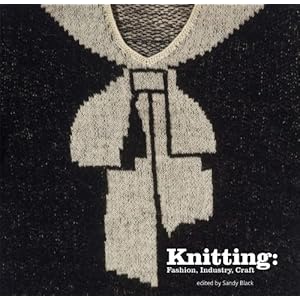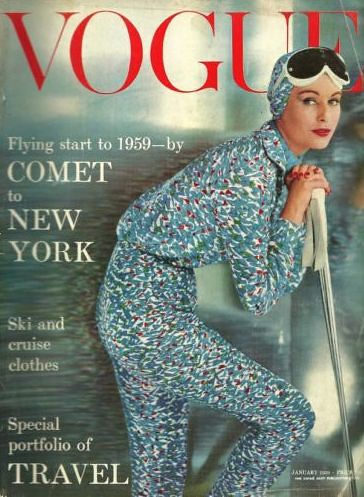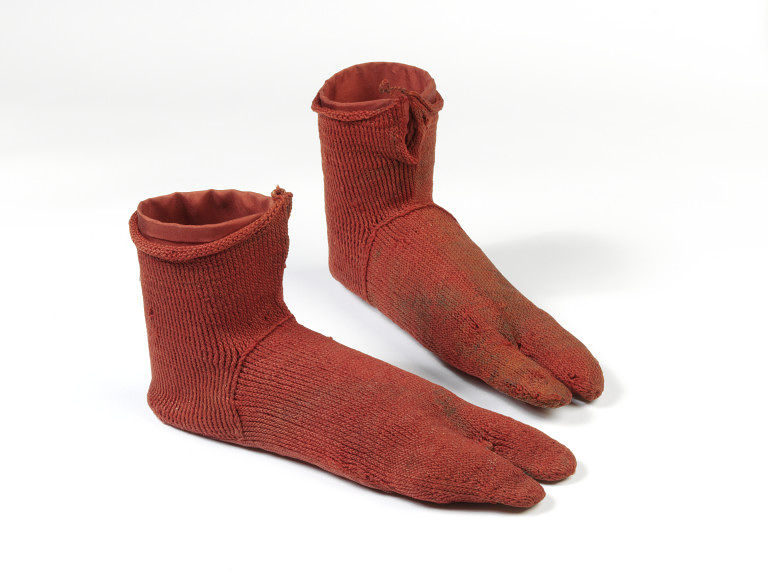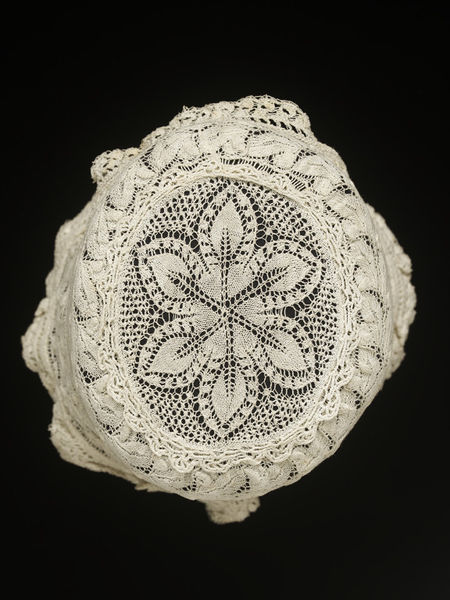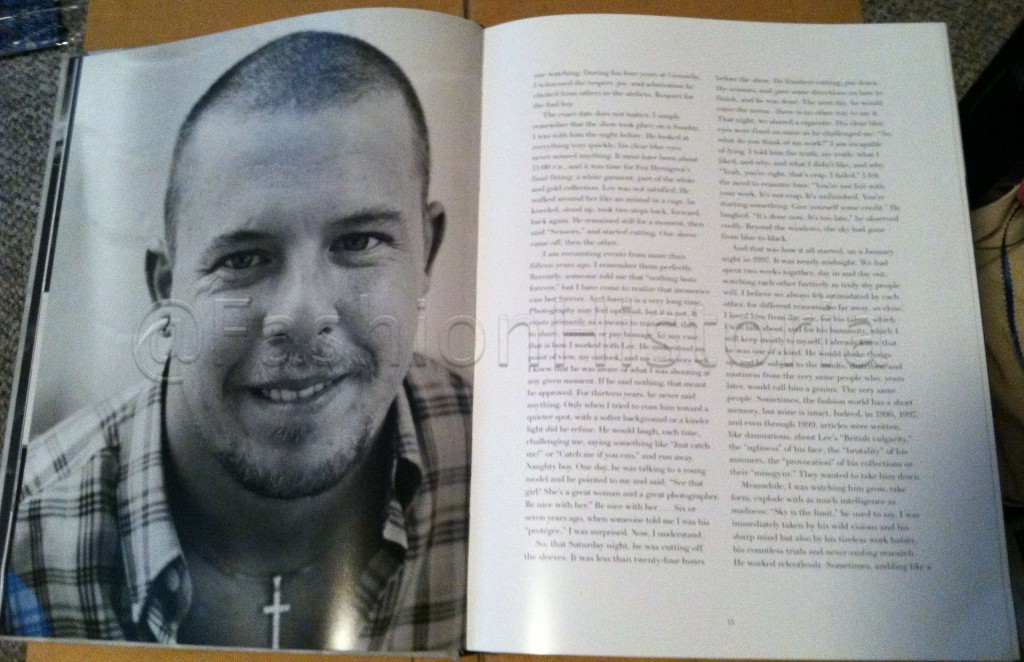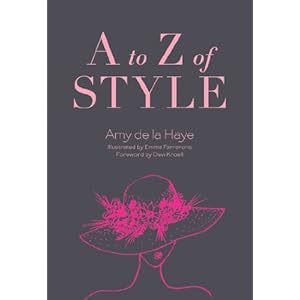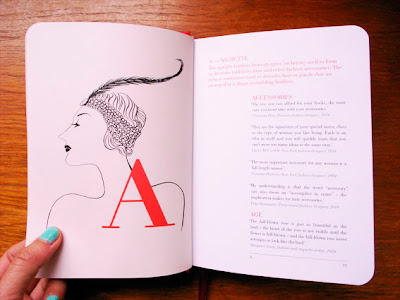 Deborah Nadoolman Landis recently released the fantastic resource, Hollywood Sketchbook: A Century of Costume Illustration (Nov. 2012) as a follow-up to her Dressed: A Century of Hollywood Costume Design (2007). My dear friend Natasha Rubin has a marvelous essay in the book that provides depth as well as some unique insights into the research process of the book. After reading it, I wanted to know more. Natasha was kind enough to grant me an interview, which I’m pleased to share with you here:
Deborah Nadoolman Landis recently released the fantastic resource, Hollywood Sketchbook: A Century of Costume Illustration (Nov. 2012) as a follow-up to her Dressed: A Century of Hollywood Costume Design (2007). My dear friend Natasha Rubin has a marvelous essay in the book that provides depth as well as some unique insights into the research process of the book. After reading it, I wanted to know more. Natasha was kind enough to grant me an interview, which I’m pleased to share with you here:
Heather Vaughan: In your essay you note that you researched costume illustrations that had no signature or movie title: how often did that happen, and were any ‘mysteries’ solved in the book?

Natasha Rubin: “Many mysteries were solved while researching the book. The author, Deborah Nadoolman Landis, and I began to recognize designers’/illustrators’ styles and this helped us match illustrators with designers as well as identify some of the movie titles. Deborah and I had always wondered if Jean Louis drew the sketches he signed for A Star is Born (1954). Due to issues with the production, this film had three credited designers (Jean Louis, Mary Ann Nyberg and Irene Sharaff). One day, while searching the Cinémathèque Française’s digital archive, I came across costume illustrations for additional films that Mary Ann Nyberg designed and the drawings were a perfect stylistic match.
Another huge surprise was learning that John Truscott did not draw all his own sketches. Truscott only designed two films, Camelot (1967) and Paint Your Wagon (1969). The sketches from both of these films are immediately recognizable because of their distinct style, so I was quite surprised when I came across an interview on Galactica.TV’s website with costume illustrator Haleen Holt, which credits her as an illustrator for Truscott on Camelot.

I immediately contacted her and she came over to our offices at UCLA and identified—to the best of her memory—which drawings were hers and which were Truscott’s. Ms. Holt has spent over 35 years working in the entertainment industry as a costume illustrator and assistant designer, yet no collector knew her name and no museum or archive identified her in their records. In addition, Ms. Holt noted that Judy Evans (who went on to become an Emmy-winning costume designer) painted many of the aged, speckled backgrounds of the Camelot sketches. Really, if there was one illustrator I thought could not be copied, it would have been John Truscott. In the interview, Haleen recounts the difficult task she had in mimicking his style. This experience was eye-opening in terms of research and what is still unknown. Whether the lack of information was intentional on the part of the designers or the studios or deemed unimportant at the time varied from production to production and sometimes sketch to sketch.”
HV: The bibliography and resources sections of this book are extensive, though mostly primary resources. You also make note that this field has “little academic research, we are establishing the foundation of a field of study.” Who else would you say is at the forefront of historic film costume illustration research?

NR: “First, I must acknowledge the extensive research of Susan Perez Prichard, who wrote Film Costume: An Annotated Bibliography (Scarecrow Press, 1981). Ms. Prichard’s book provided the cornerstone of cinema costume history, and I would be remiss if I didn’t mention her. Sketch collectors and Golden Age fans have also been helpful.
While there are extensive collections of costume illustrations at archives and museums such as the Academy of Motion Picture Arts and Sciences (AMPAS), the British Film Institute (BFI), the Cinémathèque Française, the Brooklyn Museum of Art, the Deutsche-Kinemathek and the Los Angeles County Museum of Art (LACMA), there has been very little scholarship on their holdings. At the Cinémathèque Française Deborah was told she was the only non-museum employee who had ever come to look at the collection.
Additionally, these sketches are rarely, if ever, exhibited. Scholarship takes time and requires financial support, which has become more and more scarce. As the internet continues to compile information, more and more is available online. It would have been virtually impossible to publish this book even ten years ago, just tracking down the sketch collections would have been prohibitive, much less the text research. Though too late for our research on Hollywood Sketchbook, the Theater Library Association published Documenting: Costume Design (2010), edited by Nancy Friedland, which will provide guidance to future scholars in the field.
Also, Lynn Pektal wrote an excellent book called Costume Design:Techniques of Modern Masters (Back Stage Books, 1999), but it focuses primarily on theater designers. Many of today’s working illustrators are much more savvy about getting their work seen, whether through their own websites or book publishing; it’s fantastic that there will be a record of their contribution.”
Come back next week for a continuation of my interview with Natasha Rubin, and be sure to check out the preview of Hollywood Sketchbook from HarperCollins.


